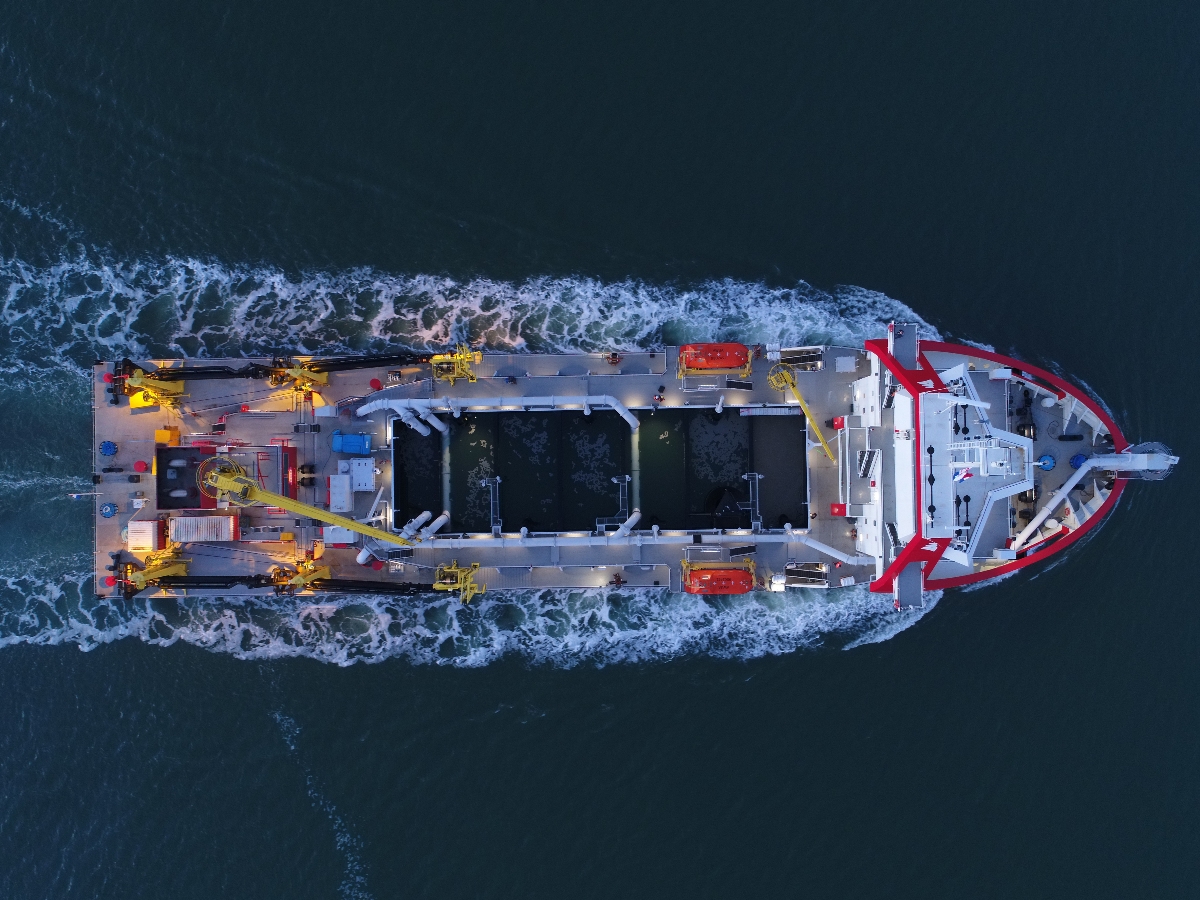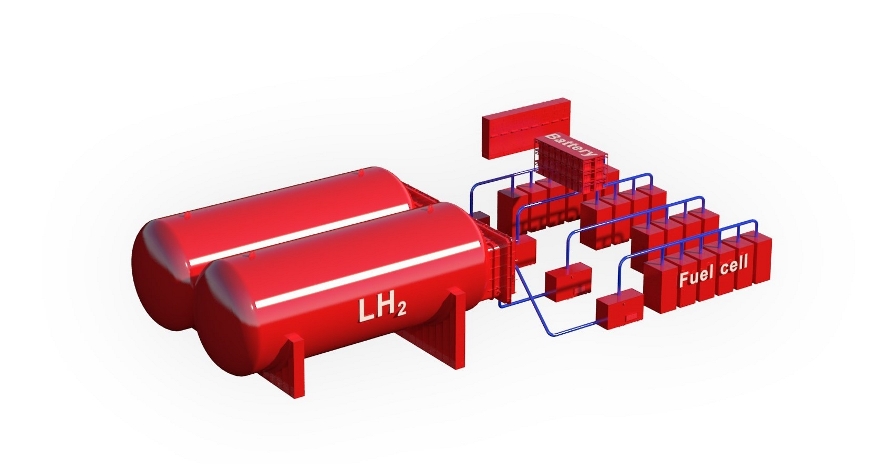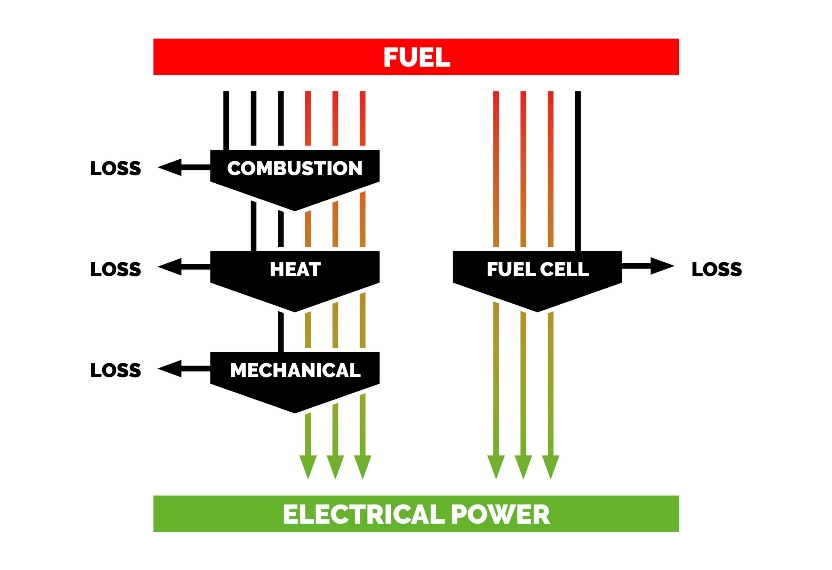Zero emission vessels require innovative drive systems

As we announced in our previous blog, the transition to zero emissions requires innovative drive systems. And these will become more complex to accommodate the use of alternative ‘clean’ fuels.
There are yet many uncertainties about how these drive systems will look, but two aspects are certain. The drive systems of zero-emission vessels will be electric, and fuel cells will be introduced as the main power supply, replacing combustion engines in many applications.

Moving from internal combustion engines
The recent rise of LNG (liquefied natural gas) dual fuel engines was a first step in the maritime energy transition, resulting in lower emissions.
There are many developments taking place in internal combustion engine technology such as advanced engine control, dual fuel combinations (diesel-hydrogen and diesel-methanol), and new single fuel engines (methanol and ammonia). These developments will decrease emissions still further and improve the control of the combustion process in engines, pushing efficiency to its limits.
Despite these developments, the maximum efficiency achievable by combustion engines is limited to about 50% due to the physical limits of the overall process. This is where fuel cells become interesting as power supply technology.
The potential for fuel cells
Fuel cells produce electricity in a single step through an electrochemical oxidation process, extracting the energy from the fuel without burning it. In this process, electrons of the fuel and oxygen are exchanged across a membrane, producing electricity.
As a result, fuel cells can have higher efficiency and lower emissions – compared to internal combustion engines – and will become the best option in many cases.

There are many types of fuel cells, of which two types are applicable in the maritime sector – LT-PEMFCs (low temperature polymer electrolyte membrane fuel cells) and SOFCs (solid oxide fuel cells). While LT-PEMFCs use hydrogen as the fuel source and can reach up to 60% efficiency, SOFCs typically use hydrocarbons (methane, methanol and diesel) with an efficiency rating of over 70%.
SOFCs are, however, still in an early development stage. LT-PEMFCs are already being introduced in the maritime sector in the megawatt range, as they are mature, highly compact and produce only water vapour emissions. Many zero-emission vessels are therefore expected to be powered by fuel cells.
Hybrid electric drive systems
The application of fuel cells and advanced engines will lead to fully electrified vessels. Clean fuels, batteries or other forms of energy storage will be used to provide energy for auxiliary equipment or peak loads.
Dynamic loads are an ever-present challenge for vessels, and innovative engines and fuel cells cannot cope with peak loads as effectively as conventional diesel engines. Due to their characteristics, they are slower in ramping up/down power levels. Therefore, some form of energy storage is needed to reduce peak loads and avoid engine damage or blackouts.
This process is commonly called ‘peak shaving’. With this in mind, hybrid electric drive systems with advanced power management will be increasingly used in the maritime sector. This also follows on from the advances made in road transport.
An all-electric power supply is complex, but provides more flexibility for future retrofits. Although different fuels and technologies will undoubtedly emerge in the future, an electric power supply still provides higher flexibility. This is because only the primary power source needs to be replaced and the remaining electric components of the vessel are still usable. In one of the upcoming blogs, we will look at the integration of new fuels and innovative drive systems by presenting a zero-emission vessel concept.
Written by
Bernardete Goncalves Castro
Project Manager R&D

Want to know more about drive systems?
Fill in the form and our experts will help you.